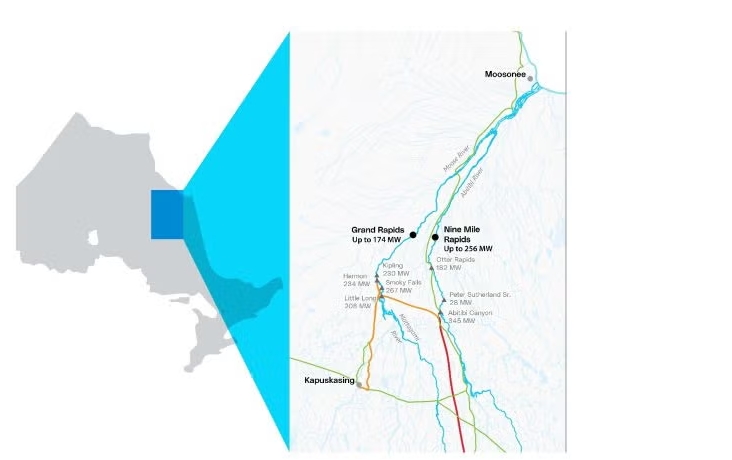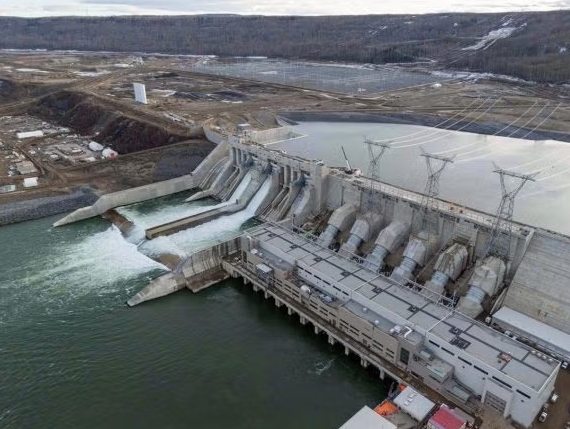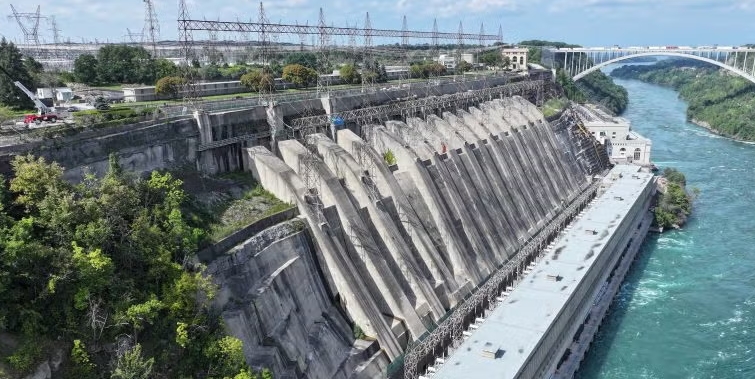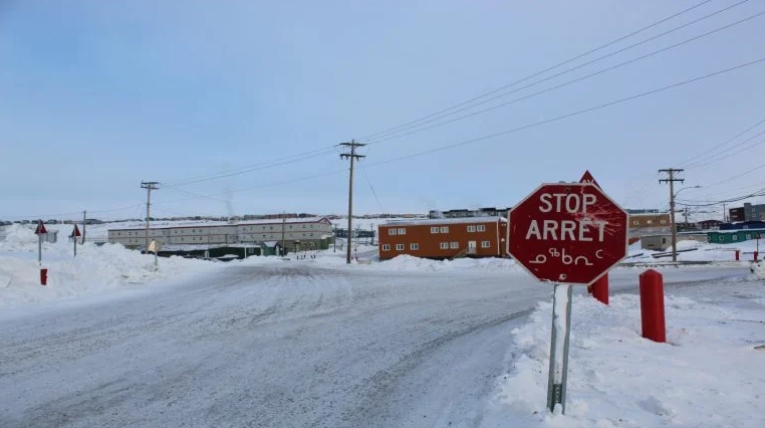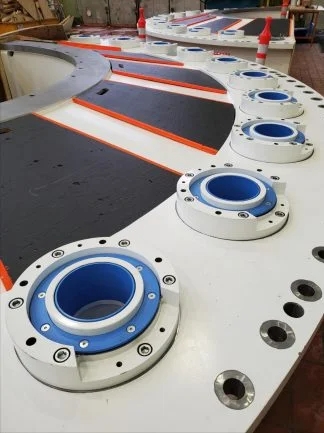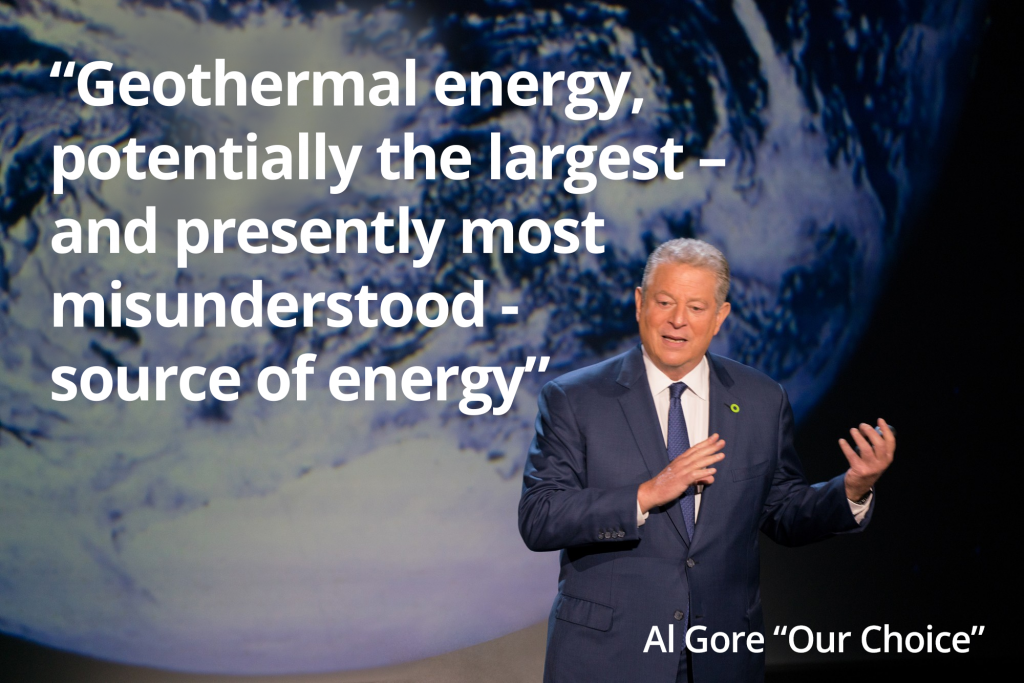
Overview
In his book “Our Choice – A plan to solve the climate crisis” from 2009, former U.S. Vice President Al Gore, wrote about geothermal energy as the “potentially largest – and presently the most misunderstood – source of energy in the U.S. and the world today.”
With this section here on ThinkGeoEnergy, we are trying to give insights into geothermal energy, where it comes from, what it provides, the technologies behind it, production, utilization and more.
Geothermal literally means Earth’s heat, which is estimated to be 5,500 degrees centigrade at the Earth’s core – about as hot as the surface of the sun.
Geothermal energy is a clean, renewable resource that can be tapped by many countries around the world located in geologically favourable places. Geothermal energy can be harnessed from underground reservoirs, containing hot rocks saturated with water and/or steam.
Boreholes of typically two kilometers depth or more are drilled into the reservoirs. The hot water and steam are then piped up to a geothermal power plant, where they are used to drive electric generators to create power for businesses and homes.
Geothermal energy is considered a renewable resource because it exploits the Earth’s interior heat, which is considered abundant, and water, once used and cooled, is then piped back to the reservoir.
Utilisation of geothermal resources
Geothermal energy can be utilised for electricity generation and for various other types of heat direct use applications (e.g. heating purposes, fish farming, bathing etc).
Compared to other renewable energy technologies, geothermal is unique as it provides a base-load alternative to fossil fuels based electricity generation, but can also replace those used for heating purposes.
High temperature geothermal resources are most important for electricity generation (temperatures greater than 150 degrees Celsius), while medium-to-low temperature resources (below 150 degrees Celsius) are suited for many different types of applications utilizing heat for industrial applications. With low-temperature technology through so-called binary systems, electricity can be generated down to a temperature of around 70 degrees Celsius).
Direct use applications utilising the heat of geothermal energy are e.g. for space heating be it for residential buildings, offices or greenhouses, for food production, such as food dehydration, heating swimming pools and booths and so much more.
Geothermal Energy applications
Hydrothermal electricity production:
Wells drilled into a geothermal reservoir produce hot water and steam from a depth of up to 3 km
The geothermal energy is converted at a power plant into electricity
Hot water and steam are the carriers of the geothermal energy
Hot Dry Rock/Enhanced or Engineered Geothermal Systems (EGS):
Extracts heat by creating a subsurface fracture system to which water can be added through injection wells
Water is heated by contact with the rock and is pumped back to the surface through production wells
Energy is then converted at a power plant into electric energy as in a hydrothermal geothermal system or be used for heating applications
While there are some projects using the technology, it cannot be considered proven (on an industrial scale).
Advanced geothermal systems
New approaches have now seen increasing interest, the most visible is the concept of using deep closed-loop systems to extract heat from the ground.
Instead of drilling for water, or creating an artificial reservoir through stimulation (EGS), either a single well or multiple connecting well in a closed-loop approach are collecting the heat beneath the surface at depth.
The overall concept is to utilise geothermal energy without the risk of finding sufficient water resources.
Another concept is super-deep drilling to tap into supercritical fluids at extreme temperatures of 375 degrees Celsius or more and high pressure to maximize the energy output per well.
Direct use:
Applications that use hot water from geothermal resources directly
Examples: space heating, crop & lumber drying, food preparation, fish farming, industrial processes etc.
Historical traces back to ancient Roman times, e.g. for baths & spas
Geothermal heat pumps:
Taking advantage of relatively constant earth temperatures as the source and sink of heat for both heating and cooling, as well as hot water provision.
One of the most efficient heating and cooling systems available
We are exploring all these elements in our “Geothermal Energy Guides” here below and will expand them for a better overview on geothermal energy, the technologies behind it, the utilization, resources etc.
Geothermal Energy Guides
For more comprehensive information on Geothermal Energy, the wider industry, and some of the most intriguing questions we face, please check out our full list of thorough informative guides below.
